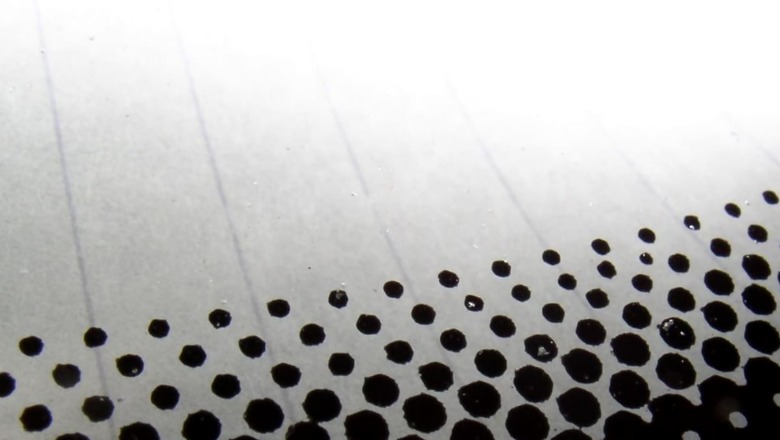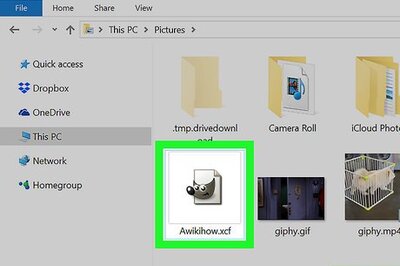
views
There are several mysteries surrounding automotive-related topics. For instance, why is it called ‘rush hour’ when traffic moves at a snail’s pace? And why do we call it a drive-through when you actually have to stop? Then there’s the curious case of driving on a parkway but parking in a driveway. While some mysteries may remain unsolved, others can be easily explained.
One such mystery surrounds the pattern of tiny black dots on your car’s windshield. You may have wondered about their purpose without knowing the answer. But fear not—we’ve got the explanation right here.
The tiny particles are called frits. Frits are created during the production process when painted black enamel is baked around a windscreen’s borders. They usually begin as complete black bands at the edge and progressively fade into little dots on the outer edge. They are visible on the windscreens and other glass window components of your automobile. And according to Auto glaze, their functions are actually fourfold:
They operate as a point of contact between the car’s frame and the glass. They roughen the surface by creating etches that help the adhesive adhere to the glass more effectively.
Their purpose is to maintain the urethane sealant that is used for bonding glass to the frame. To prevent the sun’s UV rays from melting the glue beneath the band, they employ the black enamel outside the windscreen. As a result, the windows stay securely cemented in place.
The black dots, or dot matrix, help disperse warmth uniformly, reducing optical distortion or lensing. This occurs when the glass in the windscreen warms up significantly more quickly than the solid black frit band. The result is an optical distortion that causes straight lines to seem bent or bowed inward towards the centre. By dispersing the heat and distributing it uniformly, those gradually sinking black dots contribute to the reduction of this occurrence.
Frits are included for aesthetic reasons as well. From a distance, even the stark contrast between the translucent glass and the black band may appear too noticeable if you examine it carefully. The transition becomes considerably more subtle and gentler on the eyes when a halftone pattern, or dot-matrix, is created, allowing for a steady drop in size.


















Comments
0 comment